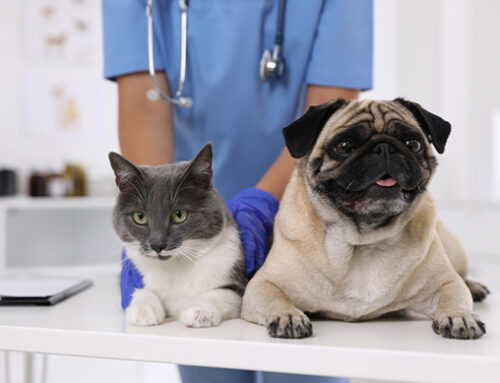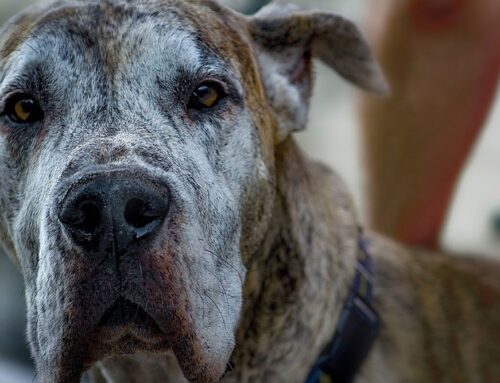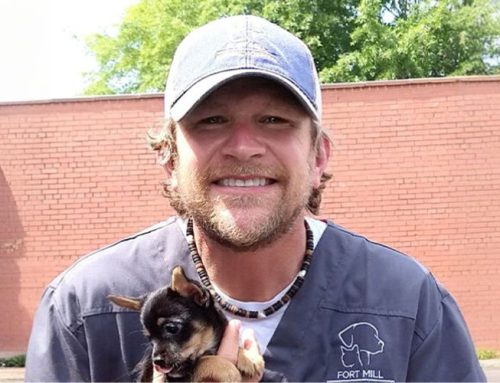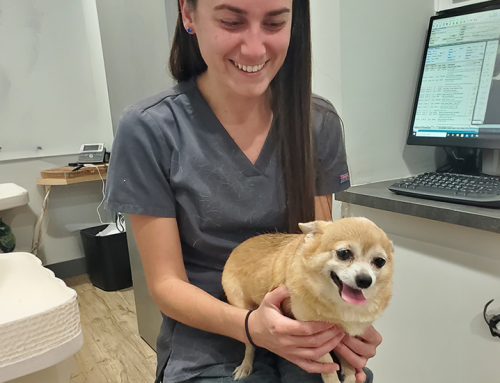Lumps and Bumps: When Is a Mass an Emergency?
As a pet owner, discovering a lump on your dog or cat can be alarming. While some masses are harmless, others may require urgent veterinary attention. How can you tell the difference? At Fort Mill Animal Hospital in Fort Mill, South Carolina, we help pet owners understand when a mass is an emergency, when it should be monitored, and when removal is the best course of action.
Identifying Skin Masses in Pets
Lumps and bumps on pets can vary in size, texture, and location. Some common types include:
- Benign Growths – Lipomas (fatty tumors), warts, and cysts are often harmless but should still be monitored.
- Inflammatory Masses – Abscesses and infections may appear suddenly and require prompt treatment.
- Cancerous Tumors – Mast cell tumors, melanomas, and sarcomas can be aggressive and may require surgical removal.
Understanding what type of lump your pet has is crucial. Learn more about Types of Cancer in Pets to recognize potential concerns.
Signs a Mass May Be an Emergency
While not all lumps require immediate intervention, certain signs indicate that a veterinary visit should not be delayed. Contact Fort Mill Animal Hospital if you notice:
- Rapid Growth – A lump that suddenly increases in size over days or weeks.
- Ulceration or Bleeding – Open wounds or scabs that won’t heal.
- Firm or Fixed Masses – Lumps that feel attached to underlying tissue.
- Pain or Sensitivity – Your pet reacts negatively when the area is touched.
- Changes in Behavior – Decreased appetite, lethargy, or unexplained weight loss.
For a guide on how to check your pet at home, see Home Exam for a Sick Dog – Humane Society.
Diagnostic Tools: How Veterinarians Assess Lumps
When you bring your pet in for an evaluation, our veterinary team at Fort Mill Animal Hospital will perform:
- Physical Examination – Assessing the mass’s size, shape, texture, and location.
- Fine Needle Aspiration (FNA) – Extracting cells from the lump to analyze under a microscope.
- Skin Cytology – Examining skin cells for signs of cancer or infection. Learn more about Small Animal Skin Cytology.
- Biopsy – A tissue sample may be taken for a more detailed diagnosis.
- Imaging Tests – X-rays or ultrasounds help determine if the tumor has spread internally.
For additional pet owner resources, visit the Veterinary Cancer Society.
Mass Removals in Pets: When Is Surgery Necessary?
Not all lumps require removal, but some do. Your veterinarian may recommend surgery if:
- The mass is cancerous or suspected to be malignant.
- The lump is growing rapidly or interfering with movement.
- There is persistent pain, infection, or ulceration.
- The mass is located in an area prone to irritation or trauma.
Surgical removal is often the best option for tumors with high malignancy risk, ensuring your pet’s health and comfort.
Concerned about a lump? Schedule an evaluation today with Fort Mill Animal Hospital.
Post-Surgical Care & Recovery
If your pet undergoes a mass removal, post-operative care is essential. After surgery:
- Monitor the incision site for redness, swelling, or discharge.
- Prevent excessive licking with an e-collar or pet shirt.
- Follow medication guidelines for pain management and infection prevention.
- Limit activity to allow for proper healing.
Follow-up visits ensure that healing progresses smoothly and that pathology results guide any further treatment.

Early Detection: Your Best Defense Against Cancer
Detecting lumps early improves outcomes, especially for malignant tumors. Conduct regular at-home checks and schedule annual wellness exams to stay ahead of potential concerns. Learn about Signs of Cancer in Pets to recognize warning signs.
Why Choose Fort Mill Animal Hospital?
- Compassionate, experienced team – Meet our veterinarians at Fort Mill Animal Hospital.
- Advanced diagnostics & surgical expertise – From cytology to mass removals, we provide comprehensive care.
- Personalized treatment plans – Tailored recommendations based on your pet’s needs.
If you’ve noticed a lump on your pet, don’t wait—contact us today for expert evaluation and peace of mind.







Leave A Comment